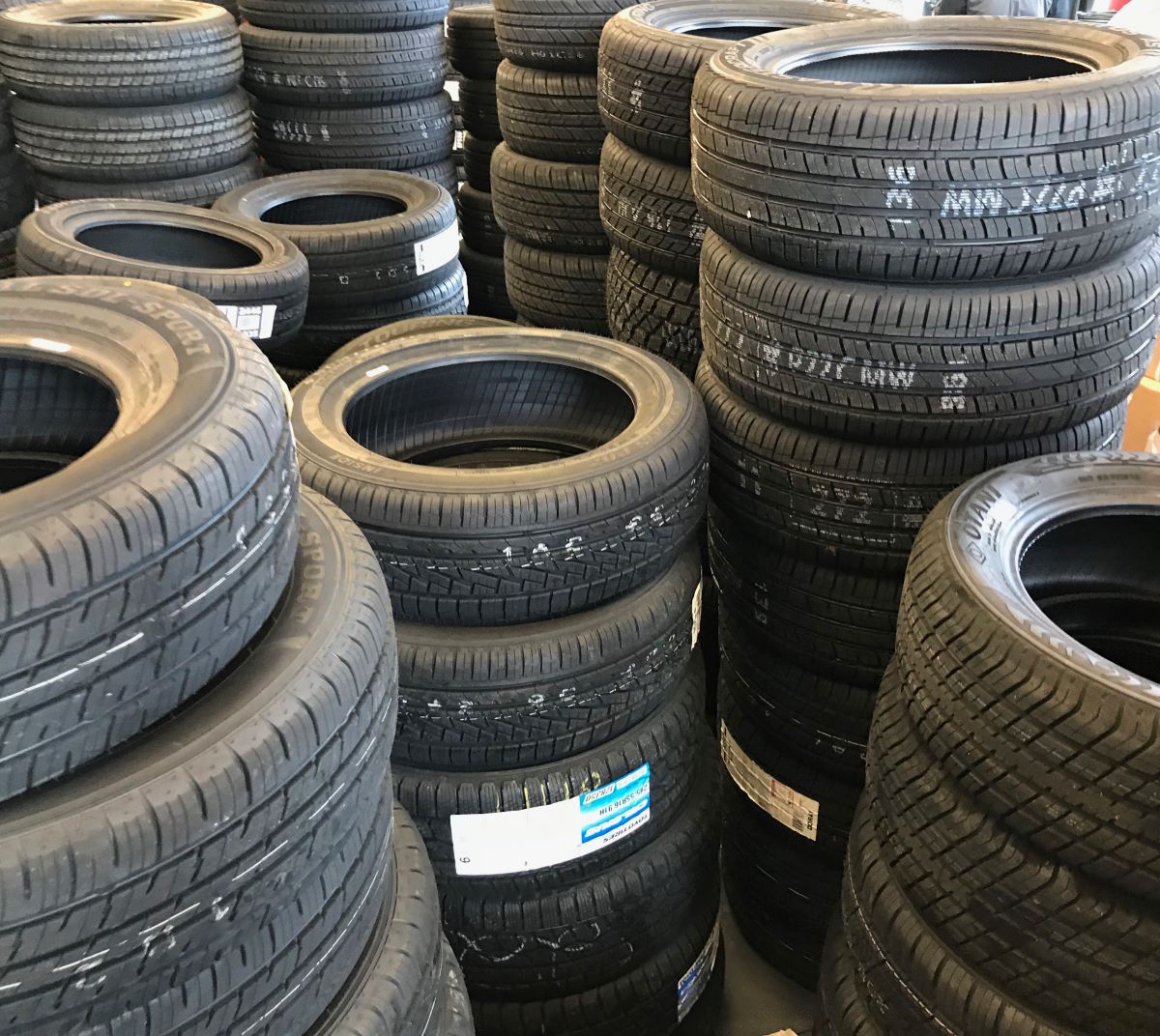

Articles
How To Store Tires Without Rims
Modified: October 22, 2024
Learn the best methods for storing tires without rims with our informative articles. Protect your tires from damage and extend their lifespan.
(Many of the links in this article redirect to a specific reviewed product. Your purchase of these products through affiliate links helps to generate commission for Storables.com, at no extra cost. Learn more)
Introduction
When it comes to storing tires, many people often focus on finding the right location, protecting the rims, and ensuring the tires remain in optimal condition. However, there are instances where it is necessary to store tires without rims. Whether you’re a car enthusiast who likes to swap out tires for different seasons or a tire dealer looking to store stock, it’s important to know how to properly store tires without rims to protect their integrity and longevity.
In this article, we will discuss the importance of storing tires without rims, as well as provide you with valuable tips and guidelines on how to ensure their safety during storage. By following these steps, you can ensure that your tires remain in excellent condition and are ready for use when you need them.
Key Takeaways:
- Properly storing tires without rims is essential for preserving their quality and longevity. Choosing the right storage location, preparing the tires, and regular maintenance are key to ensuring optimal tire performance.
- Storing tires in a climate-controlled environment, wrapping them for protection, and using proper stacking techniques are crucial for maintaining tire integrity. Regular inspections and maintenance help identify and address any issues, prolonging tire lifespan.
Read more: How To Store Rims Without Tires
Why Store Tires Without Rims?
There are several reasons why you may need to store tires without rims. One common scenario is during seasonal tire changes. Many drivers choose to switch between summer and winter tires to optimize performance and safety in different weather conditions. This means that the unused set of tires without rims will need to be stored properly to prevent unnecessary damage.
Another reason for storing tires without rims is for tire dealers or automotive repair shops. They often keep a stock of tires without rims on hand to accommodate a wide range of customer needs. Proper storage is crucial to maintain the quality of these tires, ensuring they are ready to be installed when customers require them.
Additionally, storing tires without rims can be advantageous in terms of space optimization. Tires take up less space when stored without rims, allowing for more efficient use of storage areas. This is particularly important for commercial tire storage facilities where large quantities of tires need to be stored.
By understanding the reasons behind storing tires without rims, you can better appreciate the necessity of proper storage techniques to preserve their quality and performance.
Choosing the Right Storage Location
The first step in storing tires without rims is selecting an appropriate storage location. Here are some factors to consider:
- Indoor or Outdoor: Ideally, tires should be stored indoors to protect them from the elements. An indoor storage area helps to minimize exposure to sunlight, extreme temperatures, humidity, and moisture, which can degrade the rubber and affect tire performance. However, if indoor storage is not possible, opt for outdoor storage but make sure to protect the tires from direct sunlight and inclement weather with covers or tarps.
- Well-Ventilated Area: Choose a storage location that has good air circulation. Proper ventilation helps prevent the buildup of moisture, which can lead to mold, mildew, and tire degradation. Avoid storing tires in damp basements or areas prone to excessive humidity.
- Stable Temperature: It is important to select a storage area with a stable temperature. Extreme fluctuations in temperature can cause the rubber to deteriorate and weaken. Aim for a cool, dry environment with relatively constant temperatures.
- Clean and Organized: Before storing your tires, ensure the storage area is clean and free of debris. Remove any oil, grease, or other substances that could potentially damage the tires. Keep the storage space organized to minimize the risk of tire damage during storage and retrieval.
By considering these factors and choosing the right storage location, you can create an optimal environment for storing your tires without rims, preserving their condition and performance.
Preparing the Tires for Storage
Before storing your tires without rims, it is essential to prepare them properly to ensure their longevity and condition. Here are the steps to follow:
- Clean the Tires: Thoroughly clean the tires to remove any dirt, debris, and brake dust. Use a mild soap and water solution along with a brush or sponge. Avoid using abrasive cleaners or solvents that can damage the rubber.
- Inspect for Damage: Inspect the tires for any signs of damage such as cuts, bulges, or punctures. If you notice any significant damage, it is best to replace the tire rather than storing it. Storing damaged tires can lead to further deterioration and safety risks.
- Deflate the Tires: It is recommended to slightly deflate the tires before storage to relieve pressure and prevent deformations. Consult the manufacturer’s recommendations for the appropriate tire pressure to use during storage.
- Protect the Valve Stems: Consider using valve stem caps or covers to protect the valve stems from dirt, dust, and moisture. This helps prevent air leaks and maintains optimal tire pressure.
- Label the Tires: To keep track of your tire collection, label each tire with identifying information such as tire size, brand, and any specific details you may need for future reference. This saves time and helps avoid confusion when retrieving the tires for use.
By properly preparing the tires for storage, you can minimize the risk of damage and ensure they remain in optimal condition until you are ready to use them again.
Stacking Tires Properly
Stacking tires without rims requires proper technique to prevent damage and maintain their shape. Here are some guidelines to follow when stacking tires:
- Use Tire Racks: Invest in tire racks or shelves specifically designed for tire storage. These racks provide stability and help distribute the weight evenly, reducing the risk of tires becoming misshapen or crushing one another.
- Stack in Even Layers: When stacking tires, make sure to stack them in even, balanced layers. Avoid excessive stacking height to prevent tires at the bottom from bearing excessive weight, which could result in deformations.
- Alternate Tire Direction: If you are stacking multiple sets of tires, alternate the direction of each set. This prevents the tires from creating pressure points and helps to maintain their shape.
- Separate with Tire Mats or Cardboard: To prevent tire-to-tire contact and potential damage, place a clean tire mat or a piece of cardboard between each tire layer. This acts as a protective barrier and minimizes the risk of abrasions or scratches.
- Rotate Tires Regularly: If you plan to store your tires for an extended period, it is a good practice to rotate the tires every few months to prevent flat spots. This helps distribute the weight and reduces the chances of flat spots occurring.
By following these stacking techniques, you can ensure that your tires remain in optimal condition and are ready for use when needed, thus prolonging their lifespan and performance.
When storing tires without rims, it’s best to keep them in a cool, dry place away from direct sunlight and sources of heat. Stack them horizontally to prevent distortion and consider using tire storage bags to protect them from dust and moisture.
Read more: How To Store Tires Without Dry Rotting
Wrapping the Tires for Protection
To provide an additional layer of protection during storage, it is advisable to wrap the tires. This helps shield them from dirt, dust, and potential damage. Here’s how to properly wrap your tires:
- Clean and Dry: Before wrapping the tires, ensure they are clean and completely dry. Any moisture or contaminants left on the tires can cause mold or mildew to develop during storage.
- Individual Wrap: Wrap each tire individually to prevent tire-to-tire contact and potential damage. Use plastic or tire storage bags specifically designed for this purpose. These bags are durable, moisture-resistant, and provide a protective barrier against external elements.
- Remove Excess Air: Squeeze out any excess air from the bag before sealing it. This helps reduce the risk of moisture buildup and maintains a compact, secure seal.
- Tape or Zip Tie: Seal the bag tightly using tape or zip ties to ensure it remains securely closed. This prevents the entry of dirt, dust, and moisture while keeping the tire in a controlled environment.
- Store Upright: When storing wrapped tires, keep them in an upright position to maintain their shape and prevent any unnecessary stress on the sidewalls. If space allows, consider using a tire rack or stand to keep them organized and upright.
By properly wrapping your tires, you can provide an added layer of protection against potential damage and ensure they remain in excellent condition during storage.
Storing Tires in a Climate-Controlled Environment
If possible, it is best to store tires without rims in a climate-controlled environment. Extreme temperatures and fluctuations can cause rubber to degrade, leading to premature aging and potential damage. Here are some guidelines for storing tires in a climate-controlled space:
- Temperature Control: Aim for a consistent temperature range of around 60°F to 75°F (15°C to 24°C). Avoid extreme heat or cold, as they can accelerate tire deterioration. Fluctuations in temperature can also cause the tire pressure to change.
- Humidity Regulation: Keep the humidity level in the storage area between 40% and 60%. Excessive humidity can promote the growth of mold or mildew, while low humidity can cause the rubber to dry out and become brittle.
- Avoid Sun Exposure: Direct sunlight can cause the rubber to fade and deteriorate over time. If your storage area has windows, consider using blinds or curtains to block out sunlight, or store the tires in a shaded section of the space.
- Avoid Chemical Exposure: Keep tires away from any chemicals or solvents that may be present in the storage area. These substances can react with the rubber and cause damage. Additionally, avoid storing tires near any items with strong odors, as rubber can absorb odors easily.
- Proper Ventilation: Ensure the storage area is well-ventilated to allow for proper air circulation. Good ventilation reduces the risk of moisture buildup and maintains a more consistent environment for the tires.
Storing tires in a climate-controlled environment helps preserve their integrity and extends their lifespan. If you have limited access to a climate-controlled space, consider investing in a specialized tire storage facility that offers controlled temperature and humidity conditions.
Regular Inspection and Maintenance
Even when tires are in storage, it’s important to regularly inspect and maintain them to ensure they remain in good condition. Here are some tips for performing regular tire inspections and maintenance:
- Inspect for Damage: Regularly check stored tires for any signs of damage, such as cracks, cuts, or sidewall bulges. If you notice any significant damage, it’s best to replace the tire rather than continuing to store it.
- Tire Rotation: If you’re storing your tires for an extended period, consider rotating them every few months. This helps prevent flat spots from forming and distributes the weight more evenly across the tread.
- Monitor Tire Pressure: Check the tire pressure periodically to ensure it remains within the manufacturer’s recommended range. Tires can slowly lose air over time, so it’s important to maintain proper inflation to prevent damage and ensure optimal performance.
- Tire Cleaning: While in storage, periodically clean the tires to remove any dust, dirt, or debris that may have accumulated. Use a mild soap and water solution, along with a soft brush or sponge, to gently clean the tires. Avoid using harsh chemicals that can damage the rubber.
- Keep Tires Elevated: If possible, avoid storing tires directly on the ground. Placing them on tire racks or stands helps prevent moisture absorption and allows for better air circulation, reducing the risk of deterioration.
- Inspect Valve Stems: Check the valve stems for any signs of damage, such as cracks or leaks. Replace them if necessary to prevent air loss and maintain proper tire pressure.
By performing regular inspections and maintenance, you can identify any issues early on and address them promptly. This ensures that your stored tires remain in optimal condition and are ready for use when needed.
Conclusion
Properly storing tires without rims is crucial for preserving their quality and extending their lifespan. Whether you’re storing seasonal tires or maintaining a tire inventory, following the right storage techniques can help ensure that your tires remain in excellent condition and are ready for use when needed.
By choosing the right storage location, preparing the tires properly, stacking them correctly, wrapping them for protection, and storing them in a climate-controlled environment, you can minimize damage and maintain the integrity of your tires. Additionally, conducting regular inspections and maintenance ensures that any issues are addressed promptly, prolonging the lifespan of your tires.
Remember, tires are an important investment, and proper storage plays a crucial role in preserving their performance and safety. By following the guidelines outlined in this article, you can protect your tires without rims and have peace of mind knowing they will be in top shape when it’s time to use them again.
So, take the time to store your tires properly, and enjoy the benefits of long-lasting, reliable performance for your vehicles.
Frequently Asked Questions about How To Store Tires Without Rims
Was this page helpful?
At Storables.com, we guarantee accurate and reliable information. Our content, validated by Expert Board Contributors, is crafted following stringent Editorial Policies. We're committed to providing you with well-researched, expert-backed insights for all your informational needs.
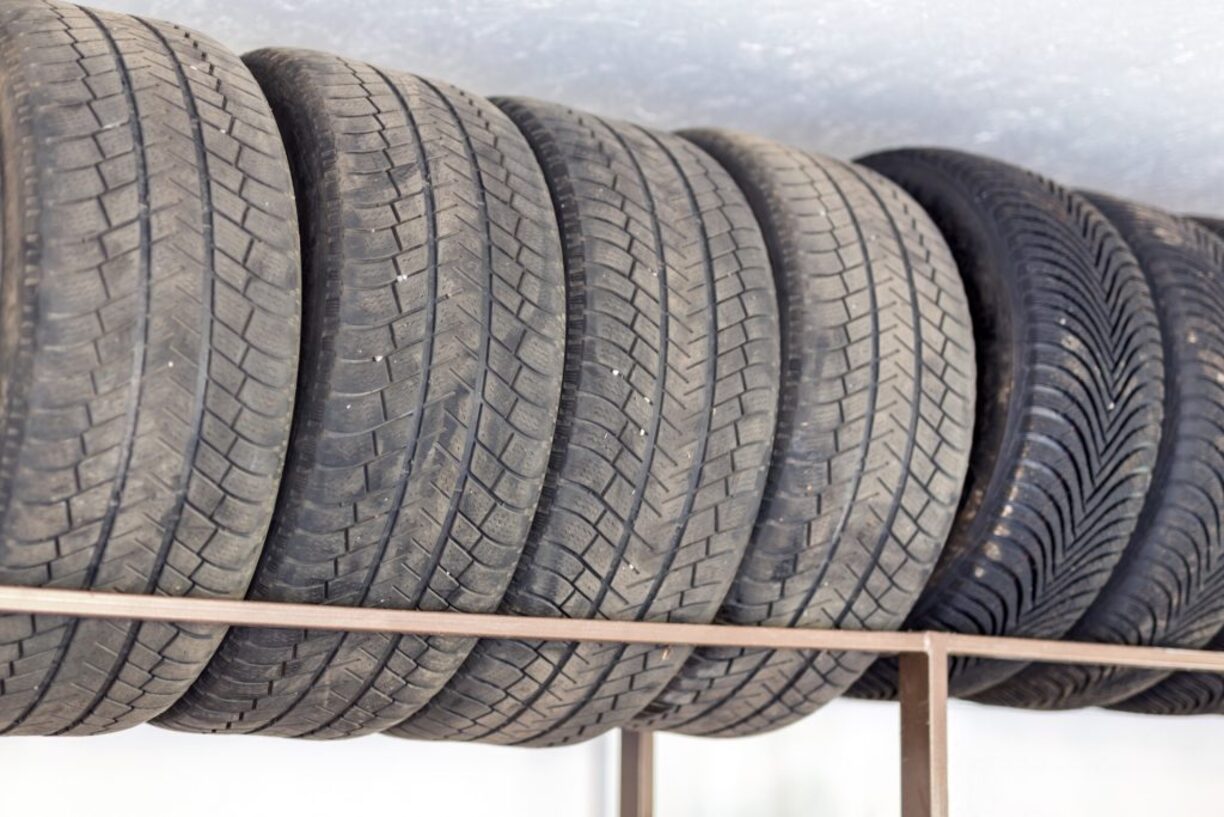
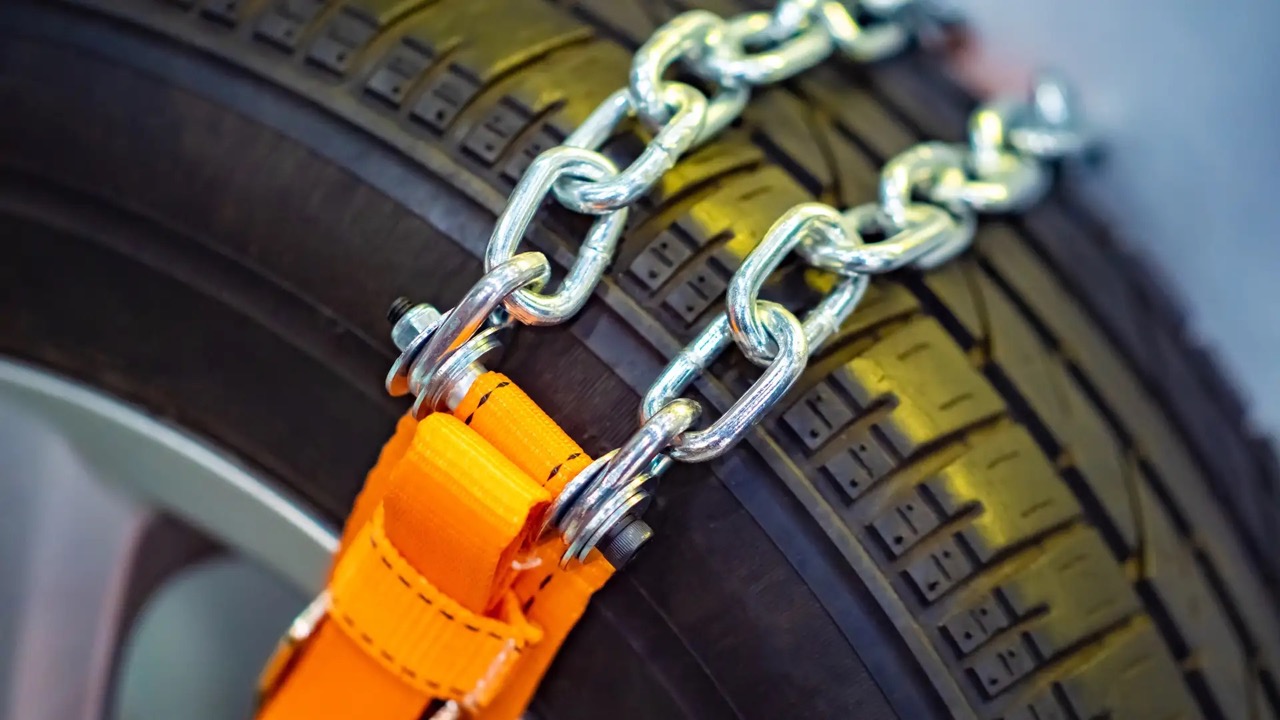
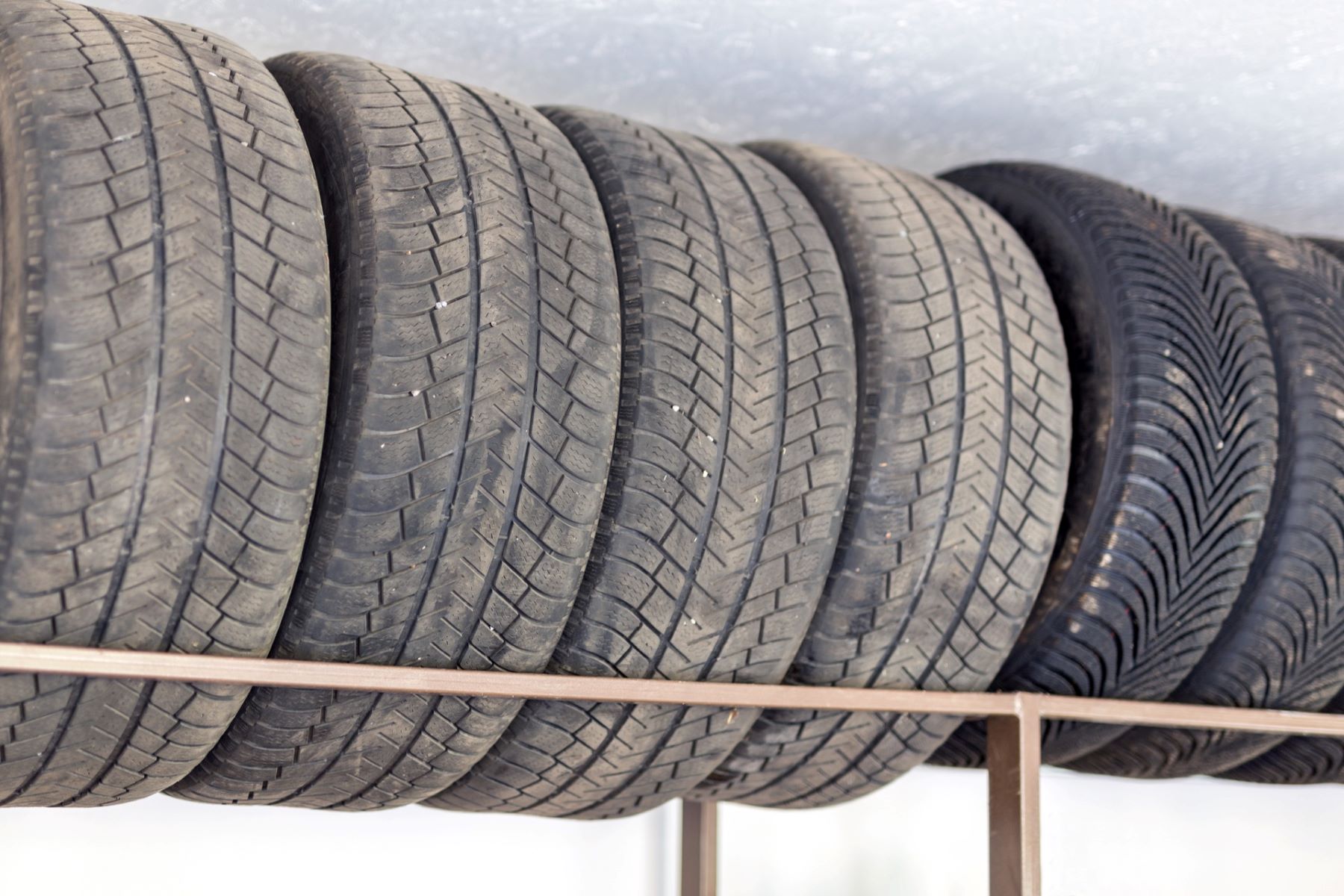

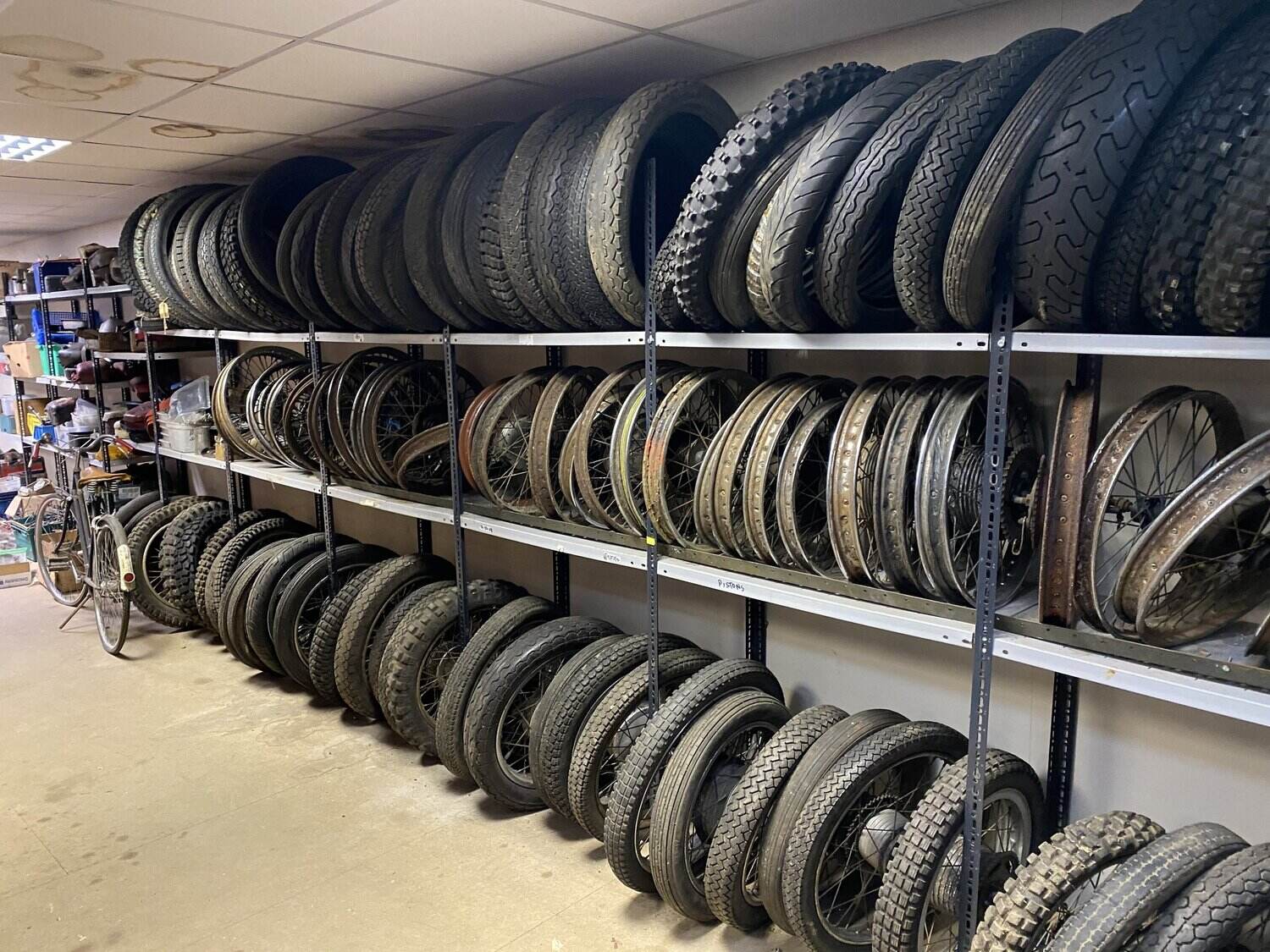
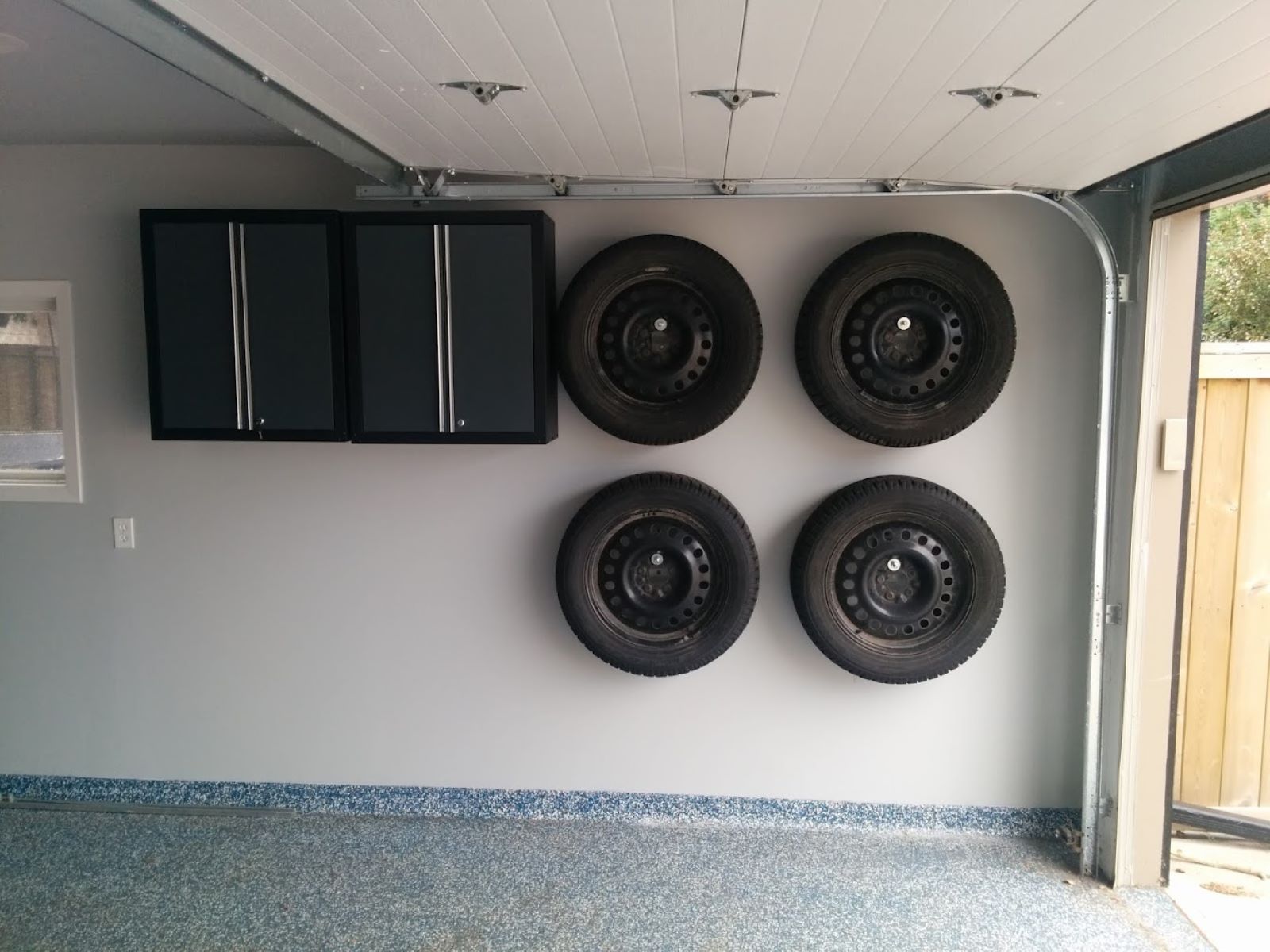
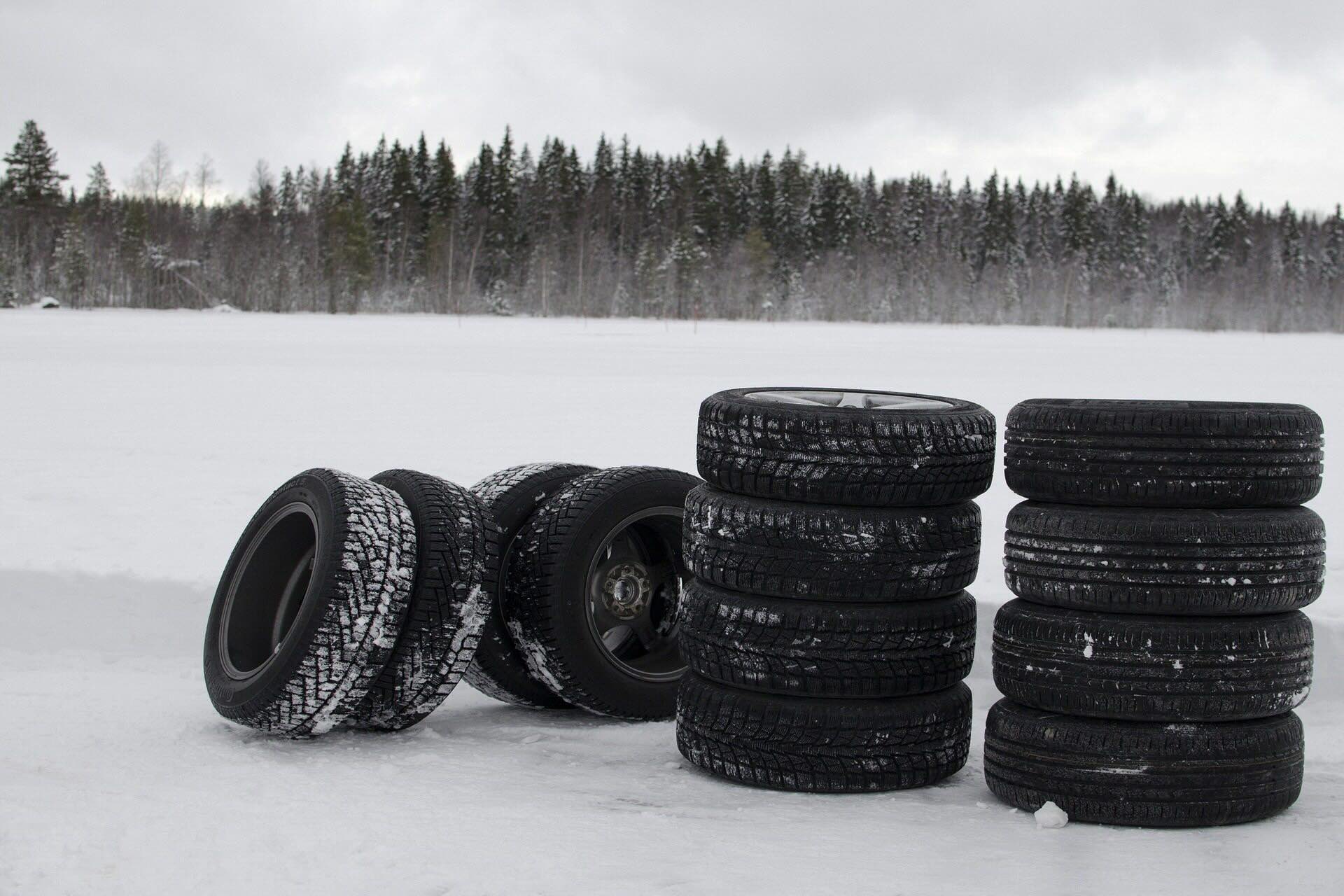




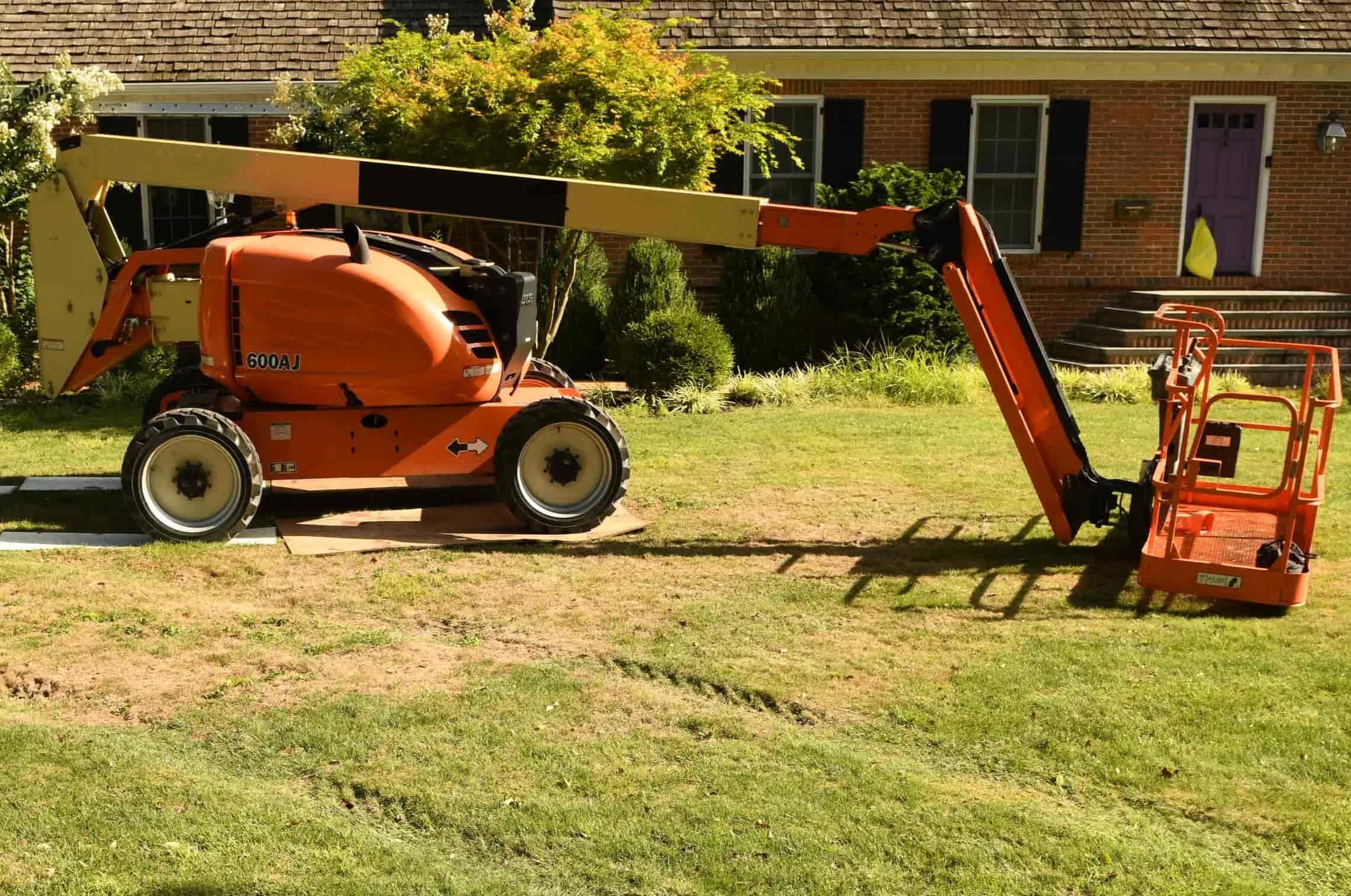
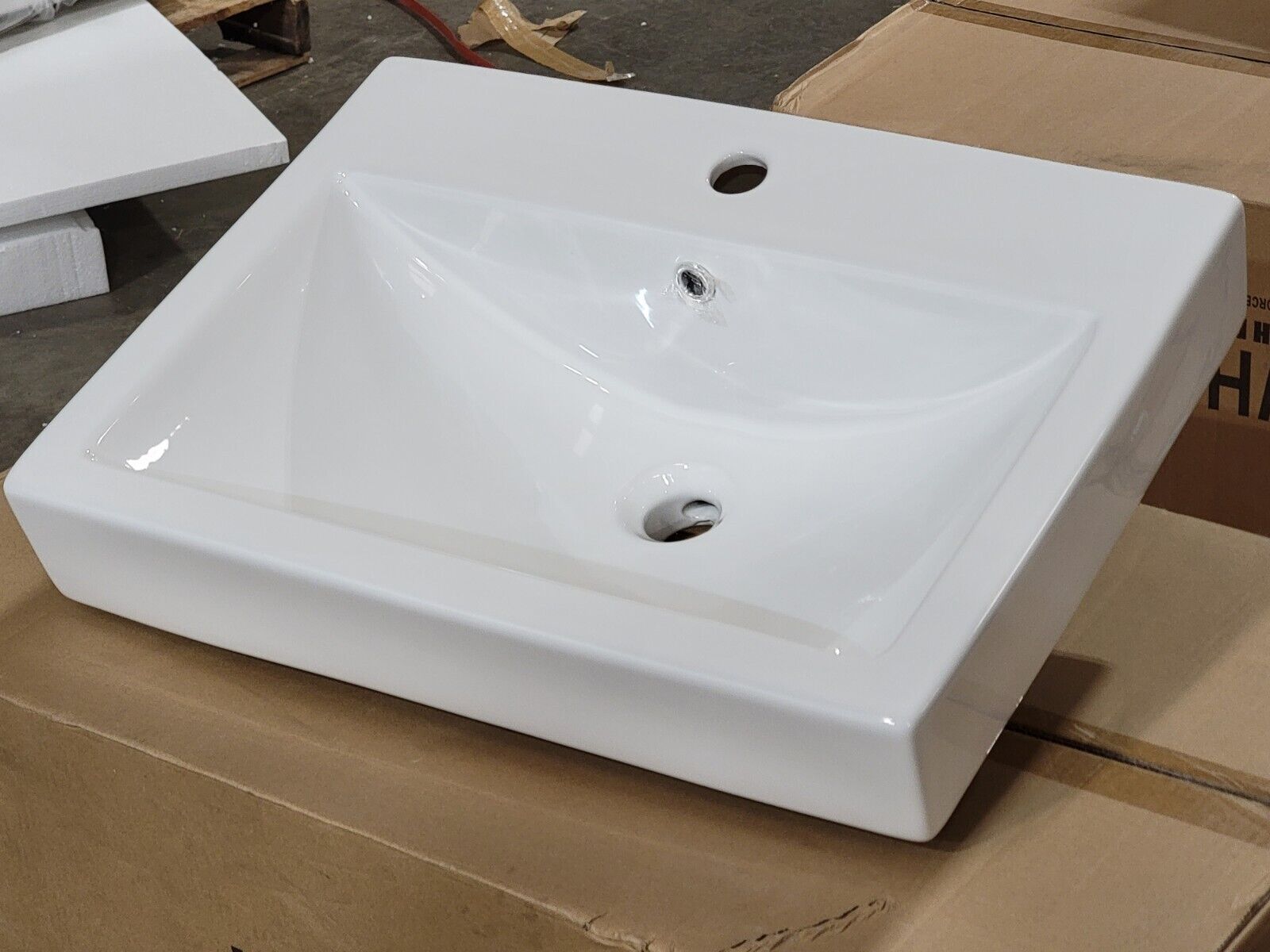
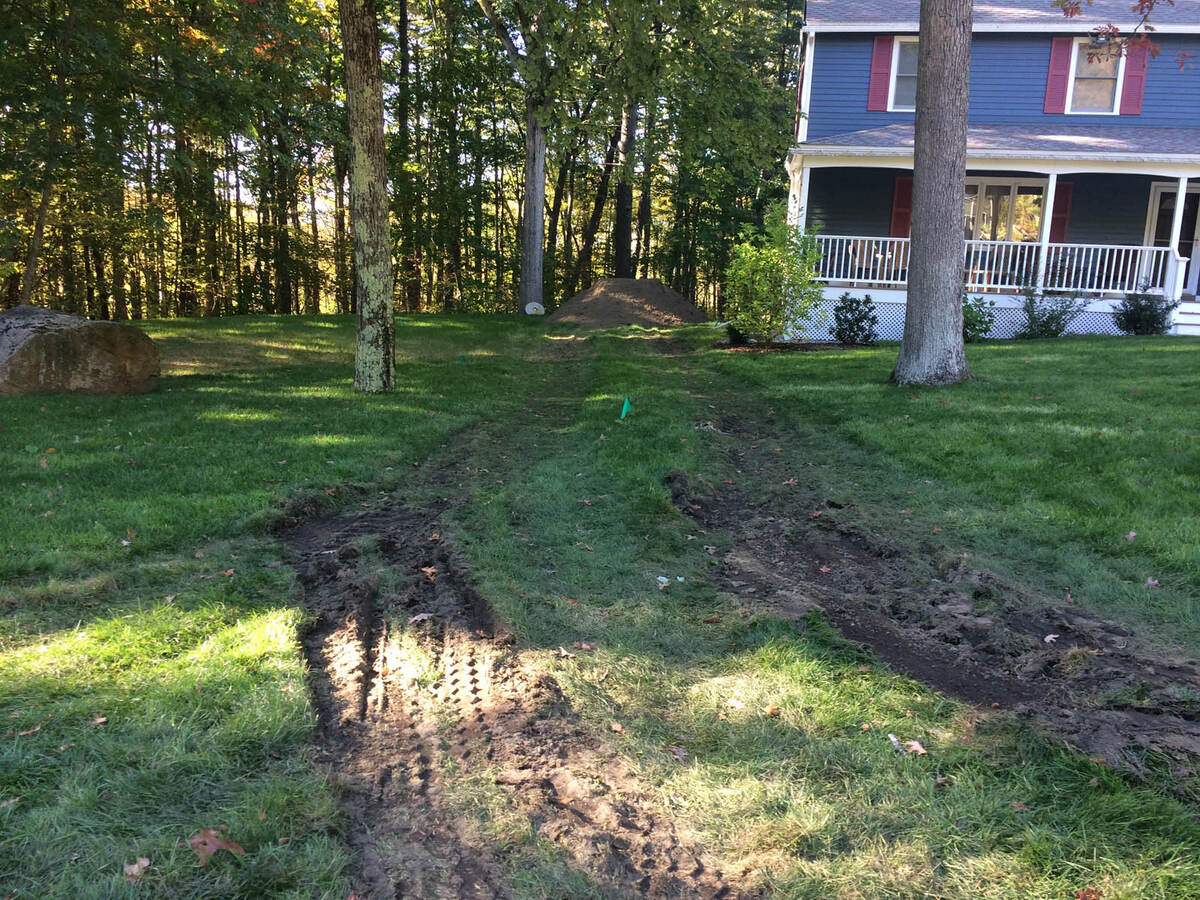

0 thoughts on “How To Store Tires Without Rims”